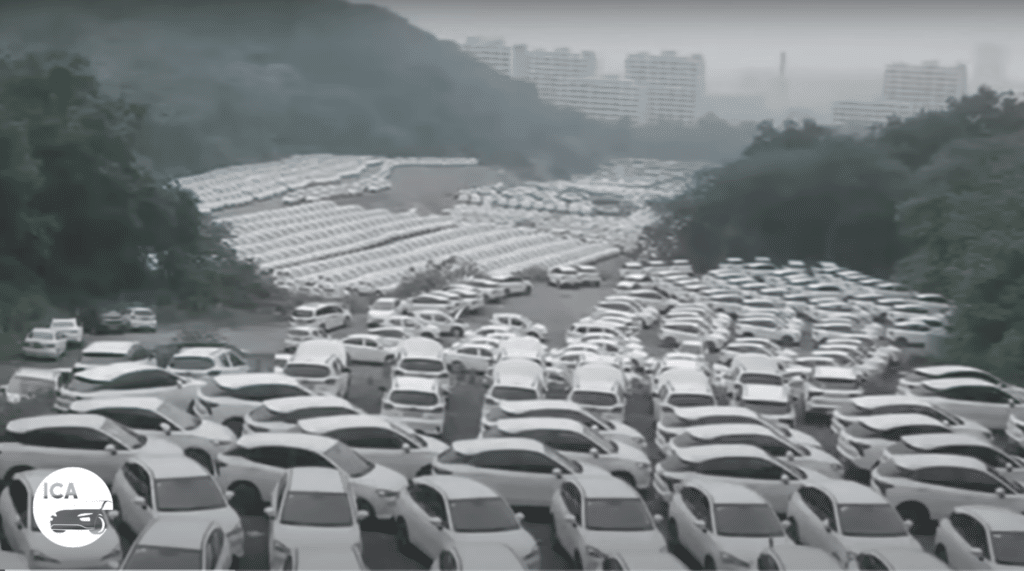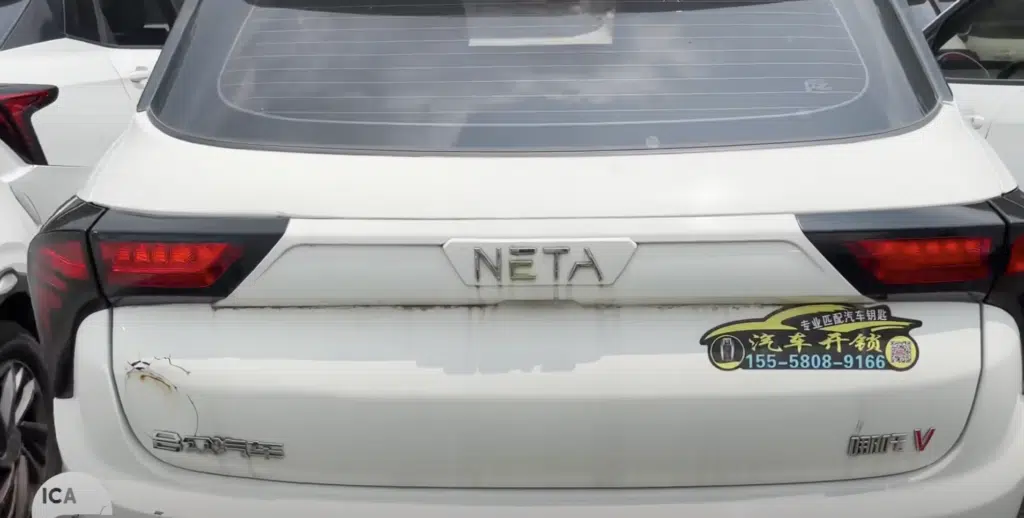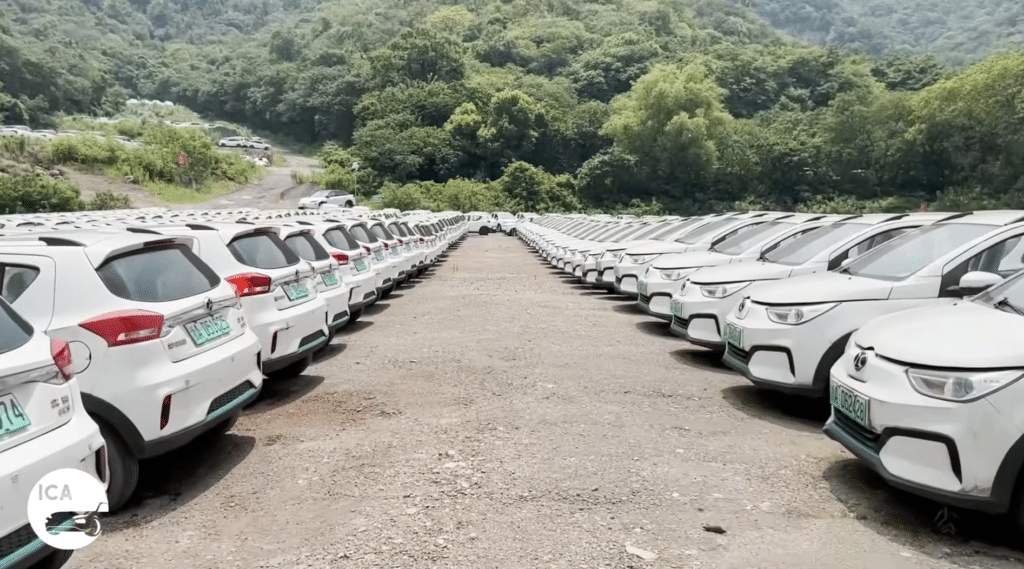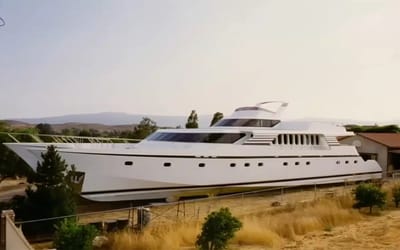YouTuber uncovers the truth of China's vast EV graveyard where thousands of cars are wasted
- A YouTuber has uncovered the truth behind rumors of Chinese EV graveyards
- Abandoned ride-share vehicles have been left after companies went bust
- Many of the EVs pictured in China are old and hold less value than modern cars
Published on Aug 19, 2024 at 6:44 PM (UTC+4)
by Niamh Spence
Last updated on Aug 20, 2024 at 5:08 PM (UTC+4)
Edited by
Tom Wood
Footage of thousands of EV cars sitting in neat rows and left abandoned on a Chinese hillside has been doing widely shared, but the stories behind them aren’t always true.
A car enthusiast on YouTube has debunked the myths behind the EV graveyard, and explained what’s actually going on behind the unused vehicles.
Rather than hinting that EVs don’t work in Asia or that China has turned its back on more sustainable travel, the reality is very different.
DISCOVER SBX CARS: The global premium car auction platform powered by Supercar Blondie
Debunking the truth about the EV graveyard

YouTube account Inside China Auto has headed to the site of many of the abandoned cars in Banshen, where previous footage pointed out ‘thousands of Neta V’ cars lined up in and left untouched.
Yet the first thing the video points out is that many of the vehicles are not EVs, and only a portion of those lined up are in fact the Neta V models.
As the voiceover points out: “There’s only 150 to 200 cars that are EVs maybe even less. It’s hinted that these vehicles are registered to create false sales numbers for subsidies, which again is false.”
It continues as it points out that the Neta V cars are about one or two years old, but the others are actually five to six years old and shouldn’t be counted in current numbers for the China EV market.
The footage also continues as it points out that millions of EVs are being sold in China annually, and even if the graveyard of thousands of cars was counted in these numbers it wouldn’t have a huge impact.
Explaining the reason for why the vehicles are dumped on a hillside, the narrator points out the stickers on the rear of the vehicles. Many of the EVs were previously owned by ride sharing companies that looked to copy the likes of Uber, but unfortunately went bust and their vehicles fell into disuse.
Equally as many are older models, they’ve simply been eclipsed by the newer and more efficient EVs available.
Praise for the truth about China’s EV cars

Viewer reactions to the footage has been positive, with many thanking the YouTube account for debunking what’s been widely shared online.
One person wrote: “Really appreciate you for doing actual investigation on the ground instead of making up wild speculations and spreading false information like most people tend to do. Hopefully these EVs can be restored and sold to other markets for cheap or be used for scrap instead of sitting there and rotting away.”
Another shared: “Finally we got the thruth about this with evidences. Thanks for this because the fake videos talking about this spreaded away all over the world, including Europe and we needed answers.”
“Thanks for doing this video,” said a third. “I saw the fake news from YouTube and was beginning to doubt China EV market sales. You did the world a great service for reporting the truth.”
China’s EV market has not ‘burst’

Following the footage, there was widespread debate that China was reluctant to use EVs and that the sustainable travel option wasn’t right for them.
However this could not be further from the truth.
The graveyard of EVs is actually more a sign that older technology including models and batteries have been pushed out of the market, as more effective and sustainable options are taking over.
With appetites for EVs now seeing drivers wanting an EV supercar like the Yangwang U9, the EV market is showing no signs of slowing.




